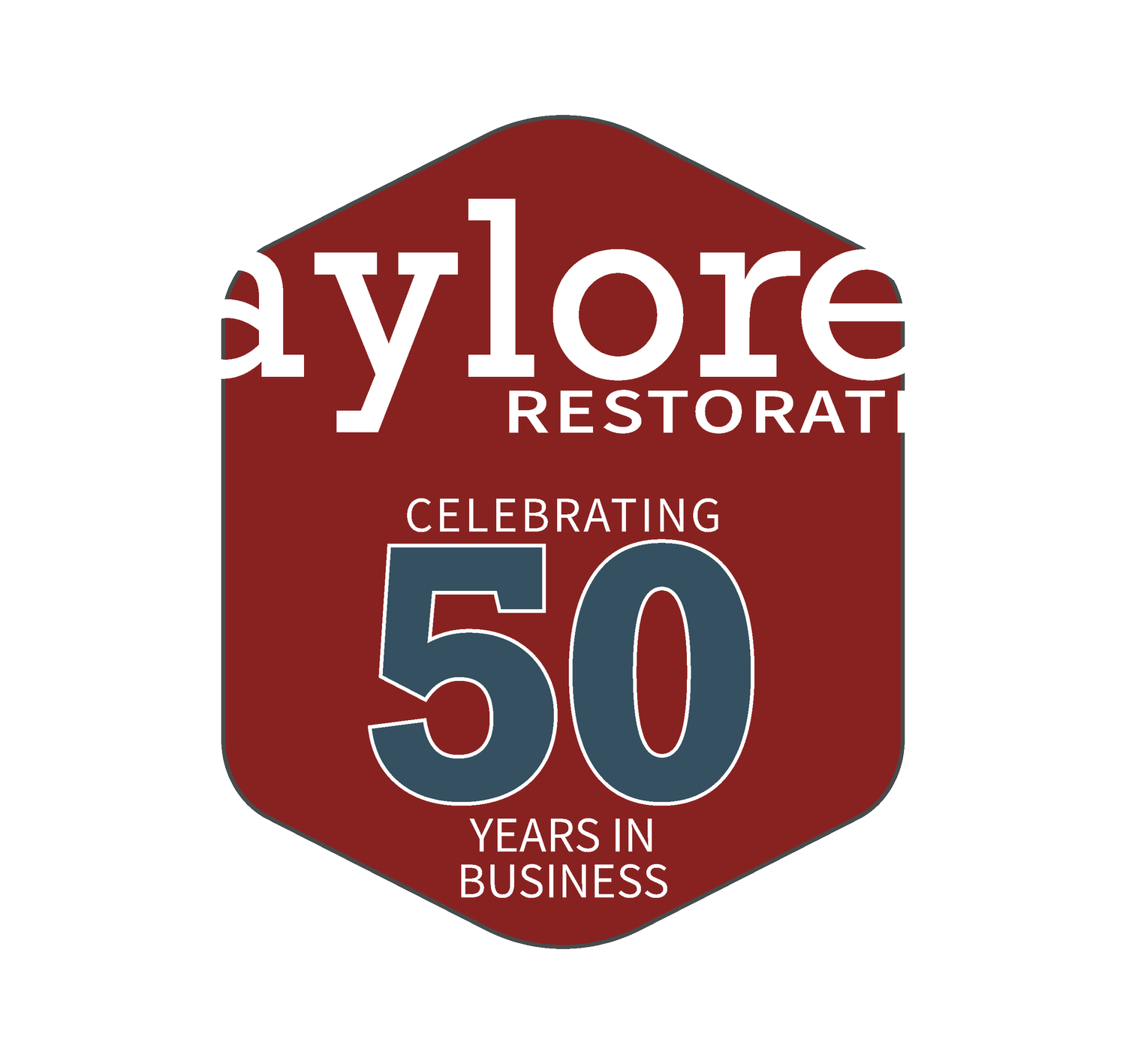The Impact of Ice Dams: Prevention and Solutions
As winter descends upon Anchorage, Alaska, homeowners must grapple with the unique challenges presented by the season's frigid temperatures and heavy snowfall. One of the most pressing concerns during these months is the formation of ice dams, which can lead to serious damage if not properly addressed. At Taylored Restoration, we understand how important it is to protect your home from the elements, so we want to help you know what ice dams are, how they form, the potential damage they can cause, and the best strategies for prevention and remediation.
What Are Ice Dams?
Ice dams are ridges of ice that form along the eaves of roofs, obstructing the normal flow of melting snow. They typically occur when heat escapes from the home and warms the roof, causing the snow to melt in areas where it shouldn’t. As the melted snow flows down the roof and reaches the colder edges, it refreezes, creating a dam of ice. Over time, this accumulation can trap water behind it, leading to problems for your home.
How Do Ice Dams Form?
Understanding the formation of ice dams requires understanding the interaction between heat, snow, and temperature. When snow accumulates on the roof, the warmth generated by the home can cause the snow on the upper sections to melt. This melted water then trickles down the roof toward the eaves. However, if the temperature is low enough, especially at the roof’s edge, this water refreezes, causing ice to build up.
This process can be exacerbated by inadequate insulation and ventilation in the attic. When attics are poorly insulated, the warmth from the living spaces below can escape, warming the roof and contributing to the melting snow. If the eaves are cold—due to inadequate insulation or external temperatures—this melted snow will refreeze, forming ice dams.
The Damage Ice Dams Can Cause
Ice dams can have a severe impact on your home. As water builds up behind the ice dam, it can seep under shingles and penetrate the roof structure, leading to leaks, mold growth, and significant water damage. Over time, this moisture can deteriorate not only the roof but also the walls and ceilings, compromising the integrity of your home.
Ice dams can damage gutters and downspouts, in addition to water damage. The weight of the ice can cause gutters to pull away from the house, leading to misalignment or even breakage. This can create additional drainage issues, compounding the risk of water damage in the long run.
Prevention: Protecting Your Home from Ice Dams
The best way to handle ice dams is to prevent them from forming in the first place. There are several strategies homeowners can implement to reduce the risk of ice dams:
First, ensure your home is well-insulated. Proper insulation in the attic can significantly reduce heat loss, preventing warm air from melting the snow on the roof. Check for areas where insulation may be lacking, and consider adding insulation in the attic and around vents to keep warm air contained.
Next, improve your attic ventilation. Good ventilation helps maintain a consistent temperature across the roof, preventing the warm air from melting the snow. This can be achieved through roof vents, gable vents, or ridge vents that allow cold air to circulate and keep the roof cold.
Another effective measure is to keep gutters clean and free of debris. Clogged gutters can trap water and contribute to the formation of ice dams. Regularly checking your gutters in the fall and winter months ensures that water can flow freely, reducing the chances of ice accumulating.
If you have a metal roof, consider using a snow guard system. These devices are designed to hold snow in place on the roof until it melts naturally, preventing the sudden release of snow and ice that can contribute to ice dam formation.
What to Do If an Ice Dam Forms
Despite your best efforts, ice dams may still form. If you encounter this issue, it’s important to act quickly to minimize damage. One of the first steps is to safely remove snow from the roof. You can use a roof rake to carefully remove the snow, starting from the edges of the roof and working your way up. Be cautious when doing this, as snow can be heavy and unpredictable.
If an ice dam has already formed, applying heat to the area can help. You can use a hairdryer or a heat lamp to warm the ice, allowing it to melt gradually. However, never use an open flame or a torch, as these can cause significant damage to your roofing materials and pose a fire hazard.
In some cases, it may be necessary to call in a professional. If you’re unsure about how to address the situation safely or notice signs of water damage inside your home, reach out to restoration experts like Taylored Restoration. We can assess the damage, provide solutions, and protect your home from future issues.
Ice dams are a serious threat during winter, especially in areas like Anchorage, where heavy snowfall is expected. Understanding how they form and taking proactive measures to prevent them can save homeowners from costly repairs and extensive damage. By ensuring your home is properly insulated and ventilated, maintaining clean gutters, and knowing how to respond if ice dams form, you can protect your home and enjoy the beauty of winter without worry.
At Taylored Restoration, we are here to help you safeguard your property against the elements. If you find yourself facing damage due to ice dams or any other winter-related issues, don’t hesitate to reach out. Your home is your sanctuary, and we want to ensure it remains safe and sound through every season.

